Fisker Emotion Debuting at CES With Solid-State Battery and Fast Charge Time
Fisker is set to debut its new car at the 2018 Consumer Electronics Show (CES) with solid-state graphene battery capable of adding 125 miles of range with just nine minutes of charging.
Called the EMotion, the new electric car’s battery is said by Fisker to have the “world-highest energy density” used in any electric car. It is said to have 2.5-times the energy density of a lithium-ion battery.
Speaking to Autocar, founder Henrik Fisker talked about the a potential barrier smasher in its new graphene batteries versus lithium-ion as used by other autoamakers.
“It used to be about the efficiency of the gasoline engine,” said Fisker. “Now, it’s all about who breaks the code and smashes the barriers to future battery technologies that will enable mass market electrification.”
SEE ALSO: Fisker is Working on Making the EMotion a Self-Driving Car
The model, projected as coming to market in 2019, is said to have a 400-mile range and a top speed of 161 mph. Additionally, the founder says the car will be autonomous-capable and able to connect to the environment around it. Lidar sensors are mounted in front to assist in 3D mapping and identifying objects.
The EMotion will feature four butterfly doors and the cab is as far forward as possible on the car. The unique packaging requirements for the batteries and powertrain allow the company to maximize interior space.
Henrik Fisker is known for designing the Aston Martin DB9 and the BMW Z8 sports car, as well as his failed Fisker Karma ealier this decade.
Pricing for the EMotion will start at $129,900.
But that’s not all. The company filed patent applications on the battery technology that’ll allow 500 miles of range and a charge time of just one minute. It says that technology could be ready for automotive platforms as early as 2023.
Additionally, Fisker is putting out a second car. This will be a lower-cost, volume-focused model. Unlike the Tesla Model 3, Fisker will have an established car maker construct the vehicle. According to Mr. Fisker, “because the established car brands have really mastered high-volume, high-quality car production.”
Fisker didn’t say who will handle production of that car, or even which manufacturers they’ve been talking to about that future product.
A version of this story originally appeared on Hybrid Cars.
More by Chad Kirchner



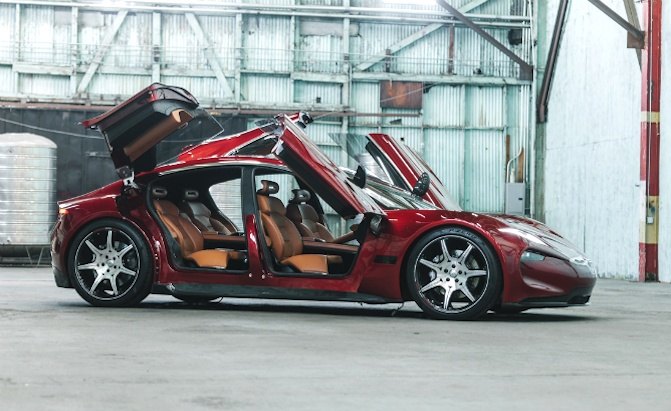














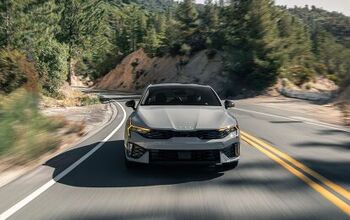




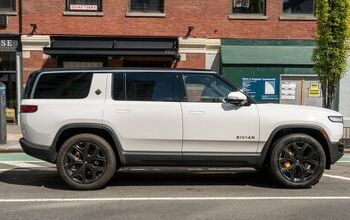

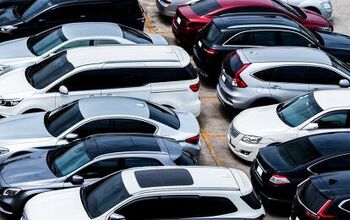
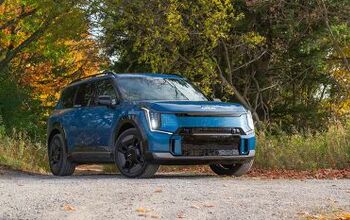

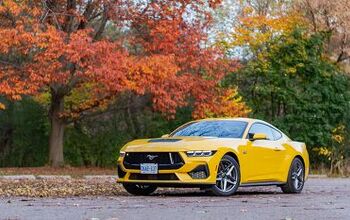


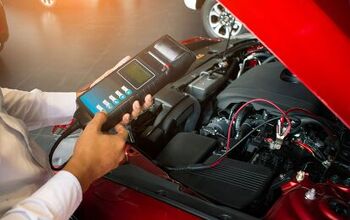
Comments
Join the conversation
So if the passenger cell is "as far forward as possible," why doesn't it look as far forward as some of Chrysler's former "cab forward" designs? Ah, those marketing folks...
So stupid. How many of us use the door as a support to get in and out? Every one?